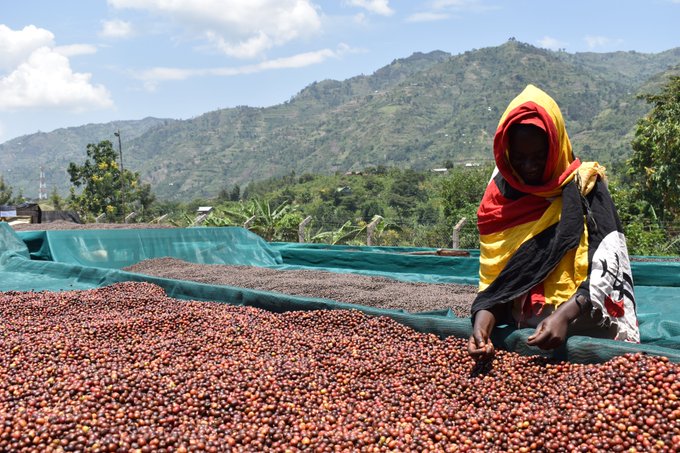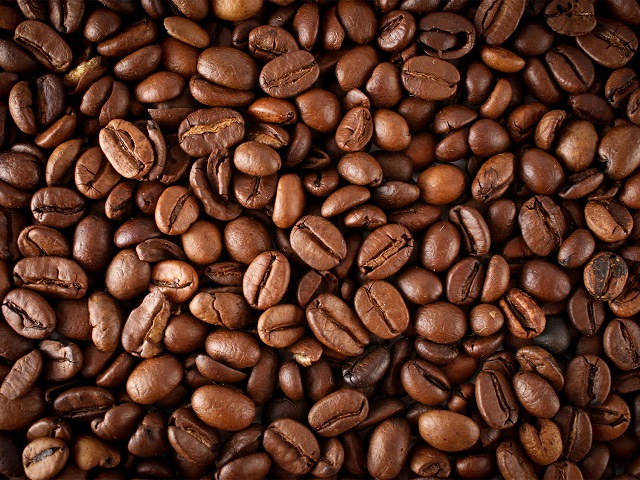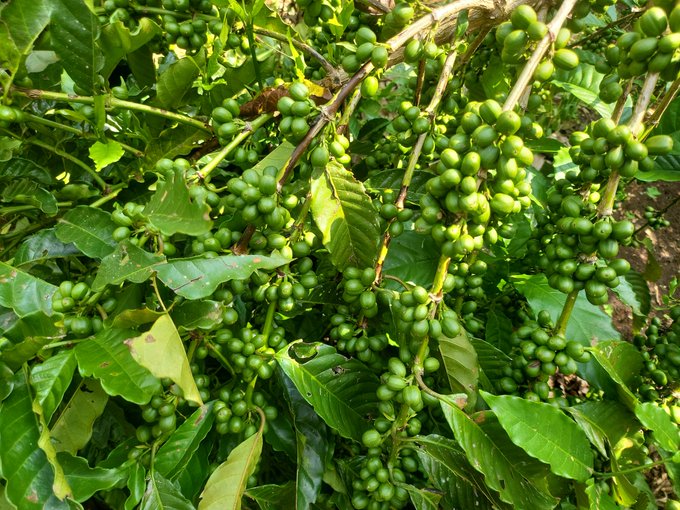Introduction
The global coffee market is experiencing a dramatic downturn, leaving dealers and traders with unsold stock as prices continue to plummet. Once buoyed by record highs, the industry now faces a glut of supply, shifting market dynamics, and mounting financial pressures. This article explores the causes behind the price collapse, the impact on coffee dealers, and the broader implications for the coffee supply chain.

The Price Plunge: A Snapshot
Coffee prices have seen a sharp decline in recent months. As of July 3, 2025, the price of coffee fell to 288.80 US cents per pound, marking a 2.3% drop from the previous day and a staggering 16.4% decrease over the past month. In Uganda, a major coffee-producing country, farm gate prices for Robusta have dropped from Shs6,000–6,500 per kilogram in May to as low as Shs1,000–1,500 per kilogram in some regions by late June. Similar trends are observed in Vietnam and Brazil, the world’s largest coffee producers, where robusta and arabica prices have also tumbled.
Why Are Prices Falling?
Several interlinked factors are driving the current price decline:
- Oversupply: Improved weather conditions in Brazil and bumper harvests in Vietnam and Indonesia have led to a surge in global coffee production. The world coffee output for 2024/25 is forecast to reach 174.9 million bags, up 6.9 million from the previous year.
- Export Surges: Vietnam, in particular, has ramped up robusta exports, flooding the market and intensifying downward pressure on prices.
- Currency Volatility: Fluctuations in the US dollar and other major currencies have affected the profitability of coffee exports, further depressing prices.
- Demand Stagnation: Despite global consumption rising, the pace has not matched the surge in supply. High prices earlier in the year also dampened demand, especially among price-sensitive buyers.
- Oil Prices and Logistics: Changes in oil prices have increased transportation and production costs, indirectly influencing coffee prices.
Dealers Caught in the Crossfire
Coffee dealers, especially those operating on thin margins or with limited access to credit, are bearing the brunt of the market downturn. Many find themselves stuck with large inventories purchased at higher prices, unable to sell without incurring significant losses. Reports from Uganda indicate that some dealers are now offering prices as low as Shs1,000 per kilogram for green beans, a fraction of what they paid just months ago.
Medium-sized and boutique traders are particularly vulnerable. They struggle to compete with larger agro-industrial groups that can absorb losses or leverage economies of scale. As prices fall, cash flow tightens, and the risk of default increases. Some dealers are forced to hold onto stock in the hope of a market rebound, but with forecasts predicting further declines—potentially up to 30% by the end of 2025—the outlook remains bleak.
Supply Chain Disruptions
The cascading effects of falling prices are being felt throughout the coffee supply chain:
- Roasters and Retailers: Many roasters are reducing their purchasing volumes, unable to pass on higher costs to retailers or consumers. Some have only sold a fraction of their projected output for the year, leading to cash flow problems and inventory build-up.
- Warehouse Glut: Storage facilities in major coffee hubs are operating below capacity, with some companies returning silos to owners due to lack of stock movement.
- Delayed Transactions: Buyers are increasingly cautious, often paying only after verifying bean quality on-site. This slows down transactions and further strains dealer finances.
Broader Implications
The current crisis is accelerating industry consolidation. Larger firms with deeper pockets are poised to expand their market share, while smaller dealers may be forced out of business. For producing countries, the price collapse threatens rural livelihoods and could discourage future investment in coffee farming.

Conclusion
As coffee prices continue to fall, dealers find themselves trapped with unsold stock and mounting losses. The combination of oversupply, export surges, currency volatility, and demand stagnation has created a perfect storm for the industry. Unless market conditions stabilize or new demand emerges, many dealers may not survive the current downturn, reshaping the global coffee landscape for years to come.

